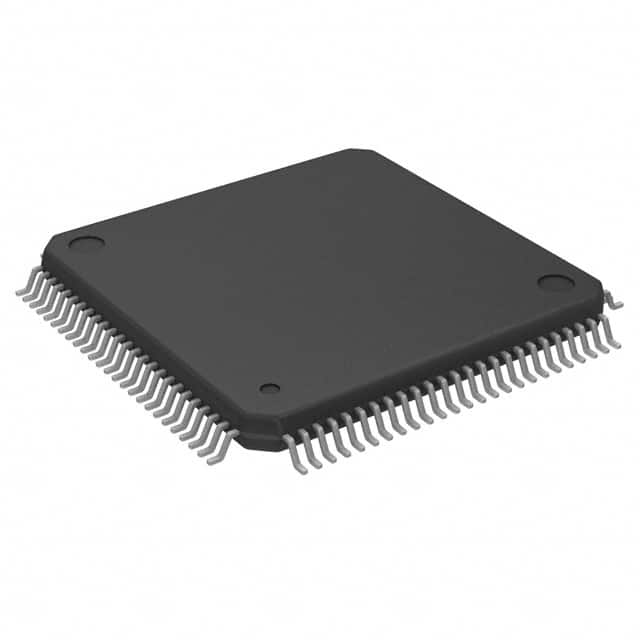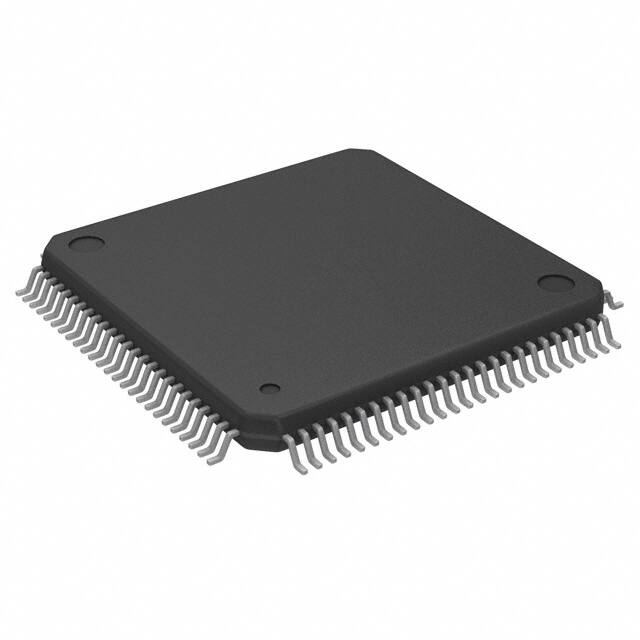ST232EBN Product Introduction:
STMicroelectronics Part Number ST232EBN(Interface - Drivers, Receivers, Transceivers), developed and manufactured by STMicroelectronics, distributed globally by Jinftry. We distribute various electronic components from world-renowned brands and provide one-stop services, making us a trusted global electronic component distributor.
ST232EBN is one of the part numbers distributed by Jinftry, and you can learn about its specifications/configurations, package/case, Datasheet, and other information here. Electronic components are affected by supply and demand, and prices fluctuate frequently. If you have a demand, please do not hesitate to send us an RFQ or email us immediately sales@jinftry.com Please inquire about the real-time unit price, Data Code, Lead time, payment terms, and any other information you would like to know. We will do our best to provide you with a quotation and reply as soon as possible.
Introducing the STMicroelectronics ST232EBN, a versatile and high-performance RS-232 transceiver designed to meet the demands of today's industrial and consumer applications. With its advanced features and robust design, this product is set to revolutionize the way data is transmitted and received.
The ST232EBN boasts a wide operating voltage range of 3V to 5.5V, making it compatible with a variety of systems and devices. Its low power consumption ensures efficient operation, making it an ideal choice for battery-powered applications. The device also features a high-speed data rate of up to 1Mbps, enabling fast and reliable data transfer.
One of the standout features of the ST232EBN is its built-in ESD protection, safeguarding your system against electrostatic discharge and ensuring long-term reliability. Additionally, the device supports a wide temperature range, making it suitable for use in harsh environments.
The ST232EBN finds application in a wide range of fields, including industrial automation, telecommunications, and consumer electronics. It can be used in data communication systems, such as modems, routers, and industrial control systems. Its compatibility with various microcontrollers and processors makes it an excellent choice for embedded systems.
In summary, the STMicroelectronics ST232EBN is a versatile and high-performance RS-232 transceiver that offers advanced features, robust design, and wide compatibility. Whether you are working on industrial automation or consumer electronics, this product is sure to meet your needs and exceed your expectations.
Interface - Drivers, Receivers, Transceivers are all important components in integrated circuits (ics) to achieve signal transmission. The driver interface is responsible for converting internal logic signals into signals suitable for long-distance transmission or driving external loads, ensuring signal integrity and stability. It usually includes signal amplification, level switching, and necessary protection circuits to match the electrical requirements of different systems. The receiver interface, by contrast, receives an external signal, converts it to an internal logic level, and performs noise suppression and signal integrity checks to ensure that data is transmitted accurately to the internal circuit. The transceiver interface is a combination of driver and receiver, which can realize the transmission and reception of signals on the same device. It usually includes transmitting and receiving subsystems, transmitting part is responsible for signal generation, modulation and amplification, receiving part is responsible for signal reception, demodulation and processing.
Application
Interface - Drivers, Receivers, Transceivers are widely used in various high-speed communication and signal processing occasions. In network devices such as data centers, servers, and switches, they are key components to implement high-speed interface protocols such as high-speed Ethernet and Fibre Channel. In the field of consumer electronics, such as smartphones, tablets, HDTVS, etc., these interfaces support HDMI, USB, DisplayPort and other high-definition audio and video transmission standards, providing excellent audio and video experience. In addition, in industrial automation, automotive electronics, aerospace and other fields, these interfaces also play an important role in enabling reliable communication and precise control between devices. With the rapid development of the Internet of Things (IoT) and 5G communication technology, the application field of driver interface, receiver interface and transceiver interface will be further expanded, providing powerful communication support for more intelligent and interconnected devices and systems.
FAQ about Interface - Drivers, Receivers, Transceivers
-
1. What is an IC driver?
An IC driver is an integrated circuit that is mainly used to control and drive various devices, such as LCDs, motors, etc. It integrates the circuits that drive and control these devices, making the entire circuit design more concise and reducing the risk of overcurrent and overheating.
The role of the IC driver is to convert the signal from the host or controller into the signal required by the peripheral or sensor so that it can work properly. Depending on the function, the driver chip can be divided into many types, such as motor driver IC, LCD driver IC, etc.
-
2. What is a sensor interface IC?
A sensor interface IC is an integrated circuit used to connect sensors and system processors to realize data conversion and transmission. It is mainly responsible for converting analog signals collected by sensors into digital signals, or performing signal conditioning, amplification, filtering and other processing so that the system can recognize and process them.
The main functions of the sensor interface IC include signal conversion, signal conditioning and data transmission. It can amplify and filter the weak signal output by the sensor to improve the quality and stability of the signal, and then convert the processed signal into a digital signal for the system to process. In addition, the interface IC can also realize multiplexing to improve the efficiency and flexibility of the system.
-
3. What are transceivers used for?
Transceivers are mainly used to convert digital signals into optical signals or electrical signals for data transmission in computer networks. The transceiver consists of two parts: a transmitter and a receiver. The transmitter converts the digital signal into an optical signal or an electrical signal and sends it to the network, while the receiver converts the received optical signal or electrical signal back into a digital signal for computer processing.
The working principle of the transceiver is based on photoelectric conversion and electro-optical conversion technology. At the transmitting end, the transceiver converts the digital signal into an optical signal or an electrical signal and transmits it to the remote device through modulation technology; at the receiving end, the transceiver converts the received optical signal or electrical signal back into a digital signal through demodulation technology for local device processing.
The application scenarios of transceivers are very wide, including local area networks, wide area networks, wireless networks, satellite communications, optical fiber communications, robots and IoT devices. They are widely used in computer networks, communication equipment, industrial automation and other fields to realize data transmission and communication between different devices.
 Lead free / RoHS Compliant
Lead free / RoHS Compliant



























